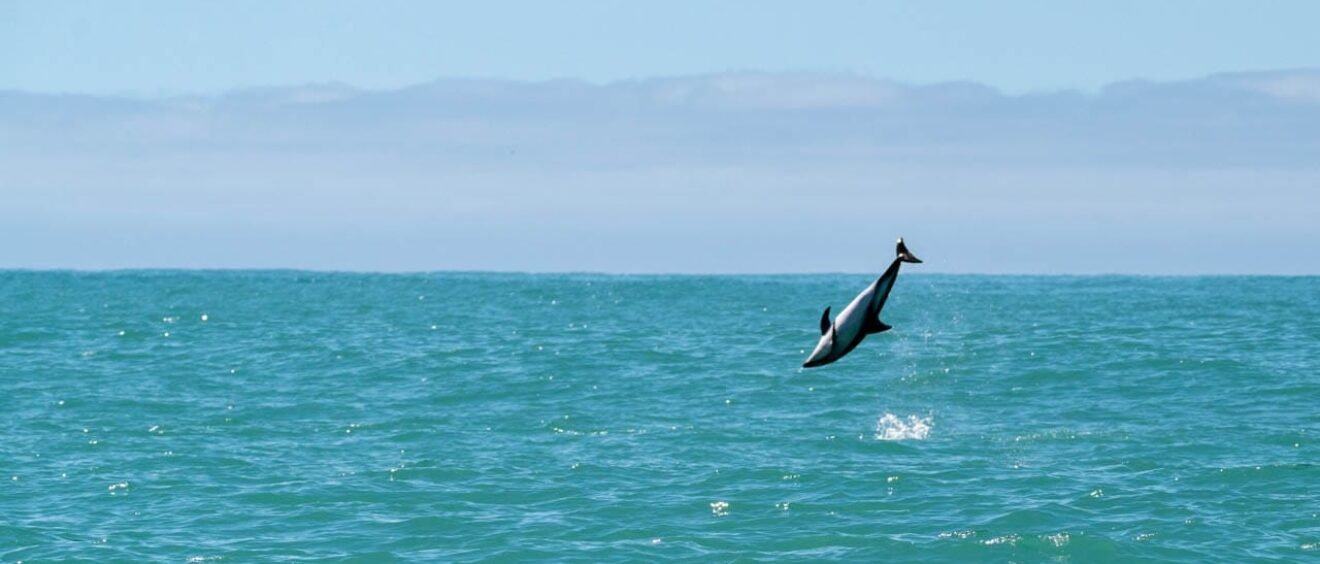
Chasing Dusky Dolphins in Kaikoura
- Rediscovering New Zealand: An Expedition to the Subantarctic and South Island Adventures
- Our Adventure Begins in Queenstown
- A Day Trip to The Remarkables and Glenorchy
- Te Anu and Milford Sound
- An Overnight Cruise in Doubtful Sound with Fiordland Expeditions
- Our "Galapagos of the Southern Ocean" Expedition Officially Begins
- Embarkation Day: Setting Sail for New Zealand's Subantarctic Islands
- Navigating Rough Seas at the Snares
- A Day in the Auckland Islands
- Discovering Macquarie Island
- A Glorious Day at Sandy Bay
- Christmas at Sea and the Wonders of Campbell Island
- Exploring Enderby Island
- A Surprise Second Shot at the Snares
- From Disembarkation to Dunedin
- A Heli-hike on the Tasman Glacier in Aoraki/Mt. Cook
- Lake Tekapo Weather Woes
- Chasing Dusky Dolphins in Kaikoura
- Hiking the Abel Tasman Coast Track (well, part of it)

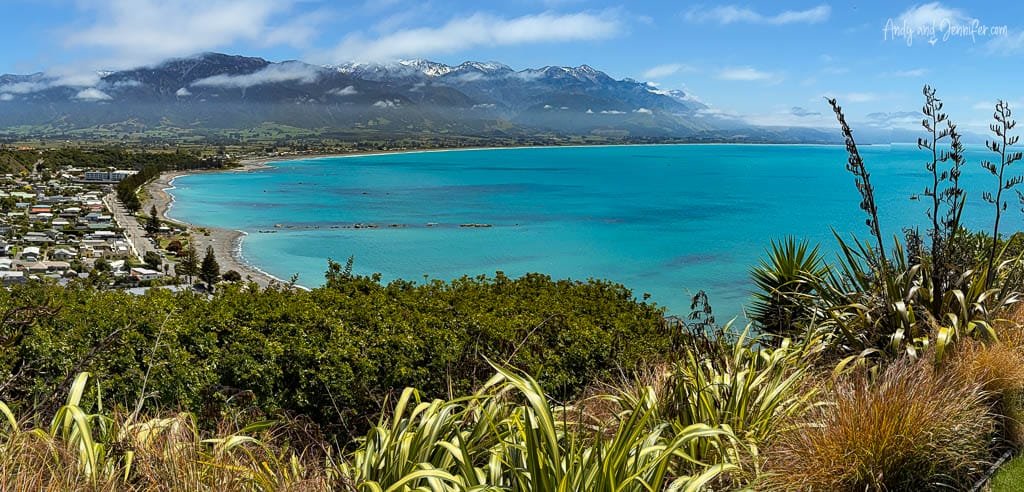
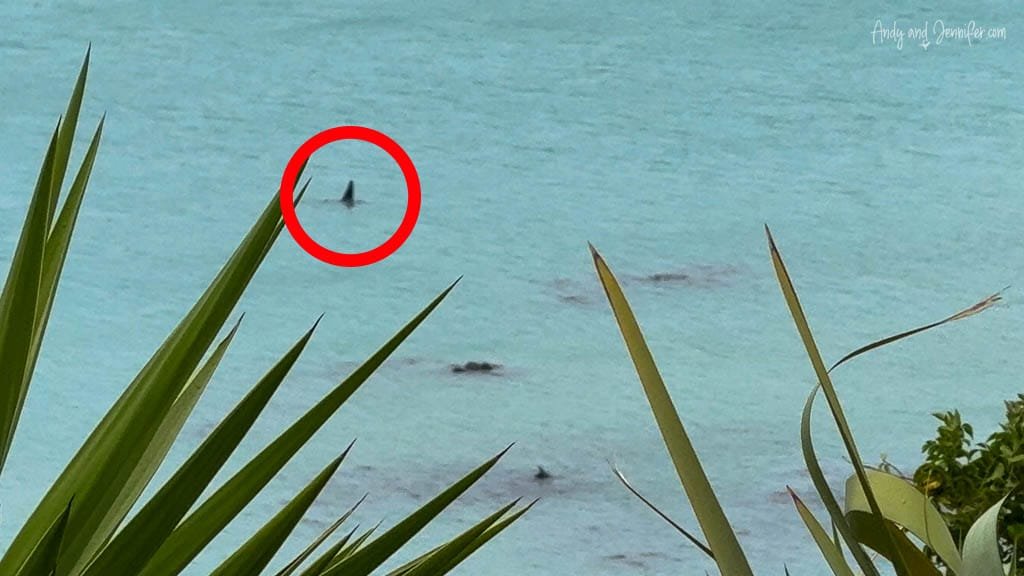
We spent the rest of the day relaxing at the cabin, somewhat drowsy from the seasickness medication we took in anticipation of our morning trip. By afternoon, we felt better and set out to see the local wildlife. Our first stop was the Ohau Point Lookout, home to a large colony of seals. Although the viewing platform wasn’t ideal for photography, it offered an incredible opportunity to observe the seals. I watched a lone pup calling out for its mother, crying persistently. Eventually, she returned from the sea, and through a series of distinctive calls, they found each other. It was amazing to witness how they reunite purely by sound.
We then visited Paparoa Point, which had fewer seals but offered better photographic opportunities.
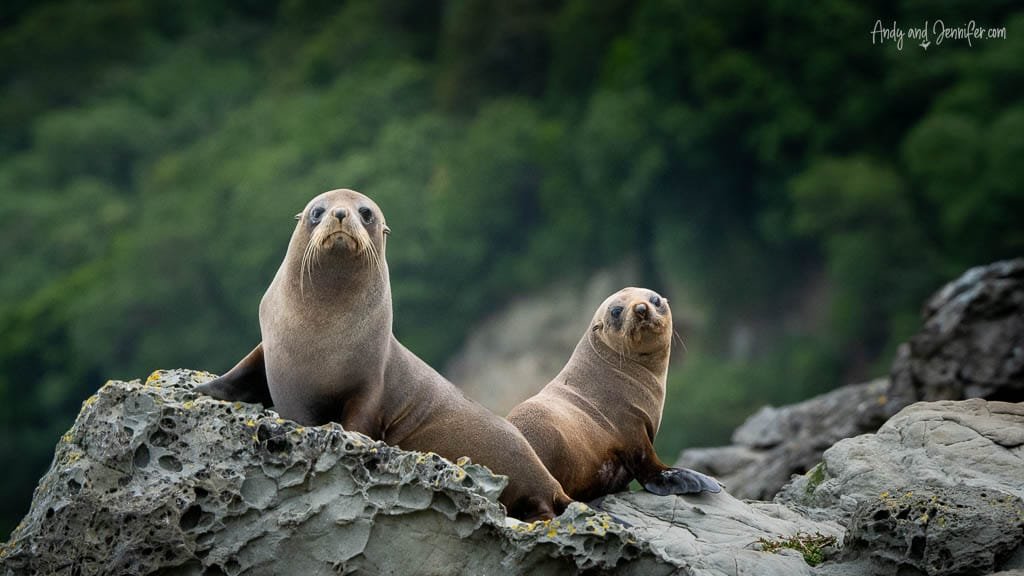
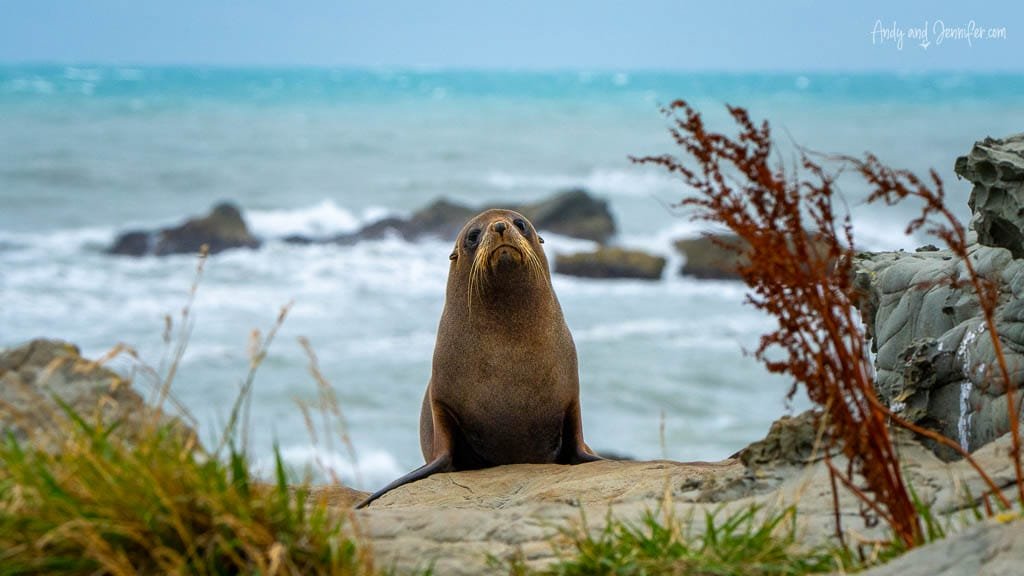
Lastly, we visited the seal colony at Point Kean. This required a short walk along the rocky shore, and though there were seals, the views weren’t that great. The pebbles were interesting though.

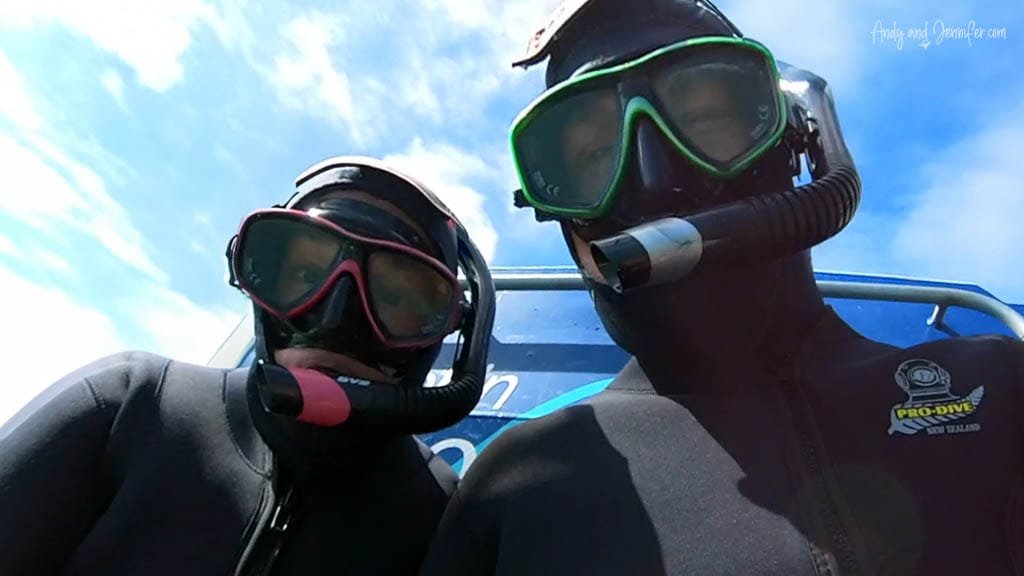
Soon after, we located the dusky dolphins we had come to swim with. As the boat reached the optimal position, all 16 swimmers lined up at the stern, ready for the dive. The ship’s horn signalled us to slide into the water. Underwater visibility was limited to about one meter, allowing us to see the dolphins clearly only when they surfaced. Below the surface, the dolphins were nearly invisible until they approached very closely, which they did frequently. Dolphins are known to be highly responsive to sounds and vocalizations, so we were encouraged to sing through our snorkels to attract them and enhance our interaction. I recalled doing something similar on previous trips to Kangaroo Island, although I couldn’t remember the exact song I had used. We had four opportunities to swim with the dolphins. While the low visibility might have made us less intriguing to them, the moments when they came close were undeniably exhilarating. To completely manage expectations about this trip, here’s some video 🙂
This is definitely another activity we eagerly anticipate for future trips.



